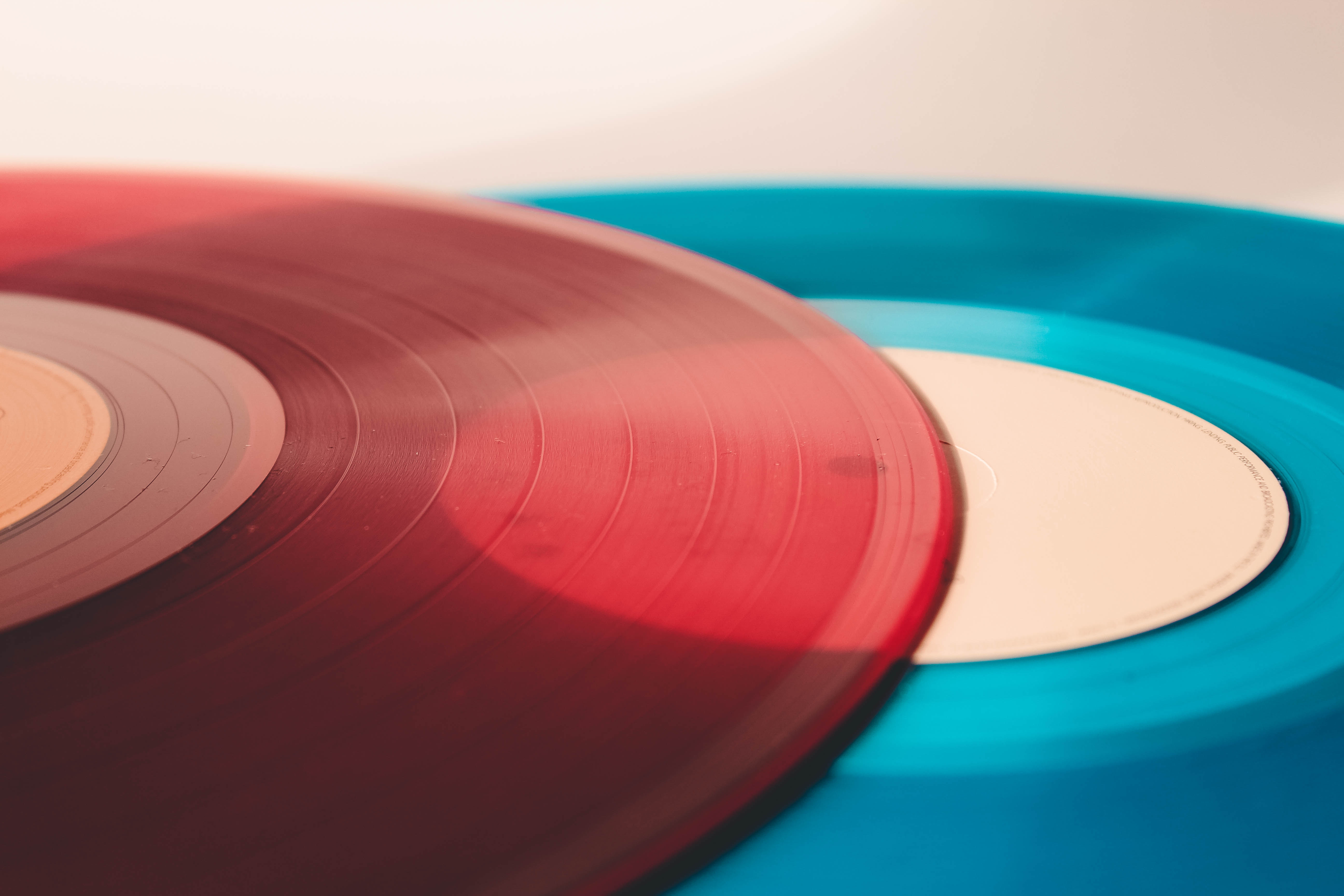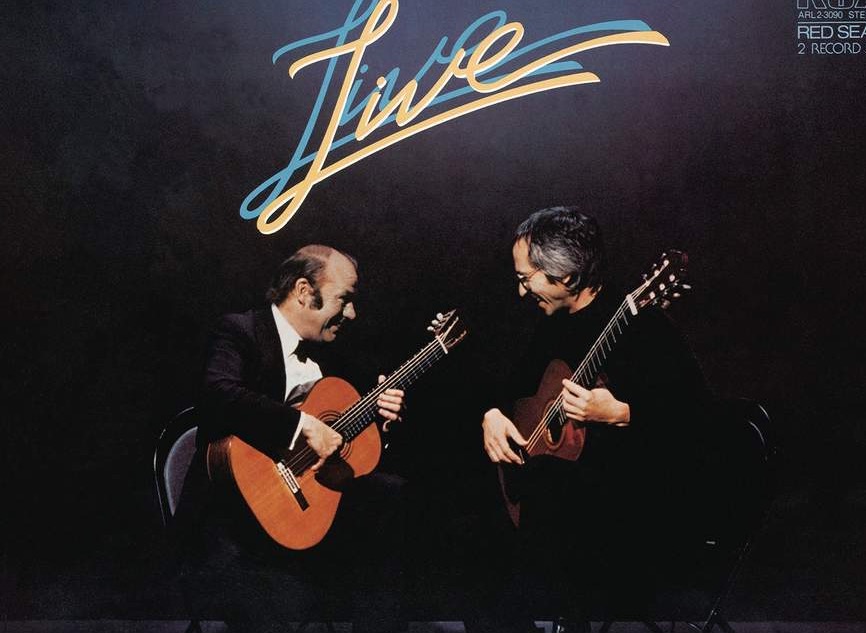Willem Jan Keizer
‘’The guitar is an immensely beautiful and valuable instrument in our musical heritage in its sounds and its ability to evoke atmosphere. The guitar has a uniquely evocative character in its ability to cast a spell.“
Last Friday 14 August 2020, the eminent British guitarist and musician Julian Bream passed away at the age of 87. After 51 years of performing all over the globe, he retired from the stage in May 2002 with a final performance at the Maddermarket Theatre, Norwich. Bream inspired generations of young people to play the classical guitar, endorsed the lute and commissioned many composers of international standard to write new repertoire. As such an inspirator, he succeeded the famous guitarist Andrés Segovia. The list of awards he received during his life as a musician is sheer endless.
Born in London (Battersea, 15 July 1933), he tried the jazz guitar of his father who was a self taught commercial artist. His grandmother owned a pub where a young Julian saw Django Reinhardt perform. This inspired him to take up the guitar definitely and later he named his dog Django after the famous gipsy-musician. Also Bream learned to play classical and jazz guitar by listening to the radio and by watching others perform. Later, Boris Perrott became his first teacher. But also he learned to play the piano in order to bring him into the Royal College of Music. There he was accepted, but also advised not to bring his guitar since the instrument was not taught at this prestigious institute. Bream therefore, received training in playing the piano, cello and in composition.
After his service in the British army, he returned to music, performing, recording for the BBC. The first public performance where Bream introduced the lute dates back to 1952, during a recital at Wigmore Hall (where he also performed his first recital, one year earlier) and he started touring Europe in 1954, followed by tours in the Far East, India, Australia and the United States in 1959. In the new decade he formed the Julian Bream Consort, concentrating on ancient music played on period instruments. Thus he became part of a musical avant-garde led by Nikolaus Harnoncourt, Franz Brüggen, Gustav Leonhardt and many others that pushed the interest in ancient music and its performance practice forward. Although Breams performances on the lute were not supported by any scientific background since he was a performing musician and not a musicologist, his enormous musicality and ability to touch the core of the music made him a household name in classical guitar playing.
Composers like Hans Werner Henze, William Walton, Reginald Smith-Brindle, Lennox Berkeley, Malcolm Arnold, Leo Brouwer and Benjamin Britten wrote pieces for Bream, concertos just as much as solo pieces, enriching the classical repertoire with new contemporary standard works. But he also put a lot of energy in performing the already existing repertoire, including guitar arrangements of works by Johann Sebastian Bach. Bream met Igor Strawinsky during a rehearsal in Toronto, back in 1965. This was filmed and showed a timid Bream playing Dowland on the lute, unable to persuade a not-so-interested and actually pretty blunt Strawinsky to compose a piece for him. Bream met Peter Pears and through him Benjamin Britten. Bream would accompany the singer and lifetime partner of Britten, first on the lute in Elizabethan songs, later on guitar in songs written by Britten.
His popularity rose to international stardom though, during his cooperation with the Australian guitar player John Williams. Because of similar musical background and influence they were a perfect match as a guitar duo. Williams performed in 1969 with jazz guitarist Barney Kessel at Ronnie Scott’s Jazz Club in London but also on electric guitar in the late 1970’s. During this period, the Bream – Williams duo recorded albums like Together (1972) and Live (1979), showing an unsurpassed musicianship, especially on the latter double album. Although most of the repertoire was arranged, it still sounds as if originally written for two guitars. The live atmosphere captured exactly what this duo was about, bringing intimate chamber music on a larger stage for a worldwide audience and thus not only created new audiences but also inspired a whole generation of young guitar players. The spirit of Julian Bream lives forth in the music written for him, the countless recordings and videos of his performances.
Photo: © David B. Hecht / RCA Records 1978
©willemjankeizer2020 nothing may be re-publised or used otherwise without prior consent

